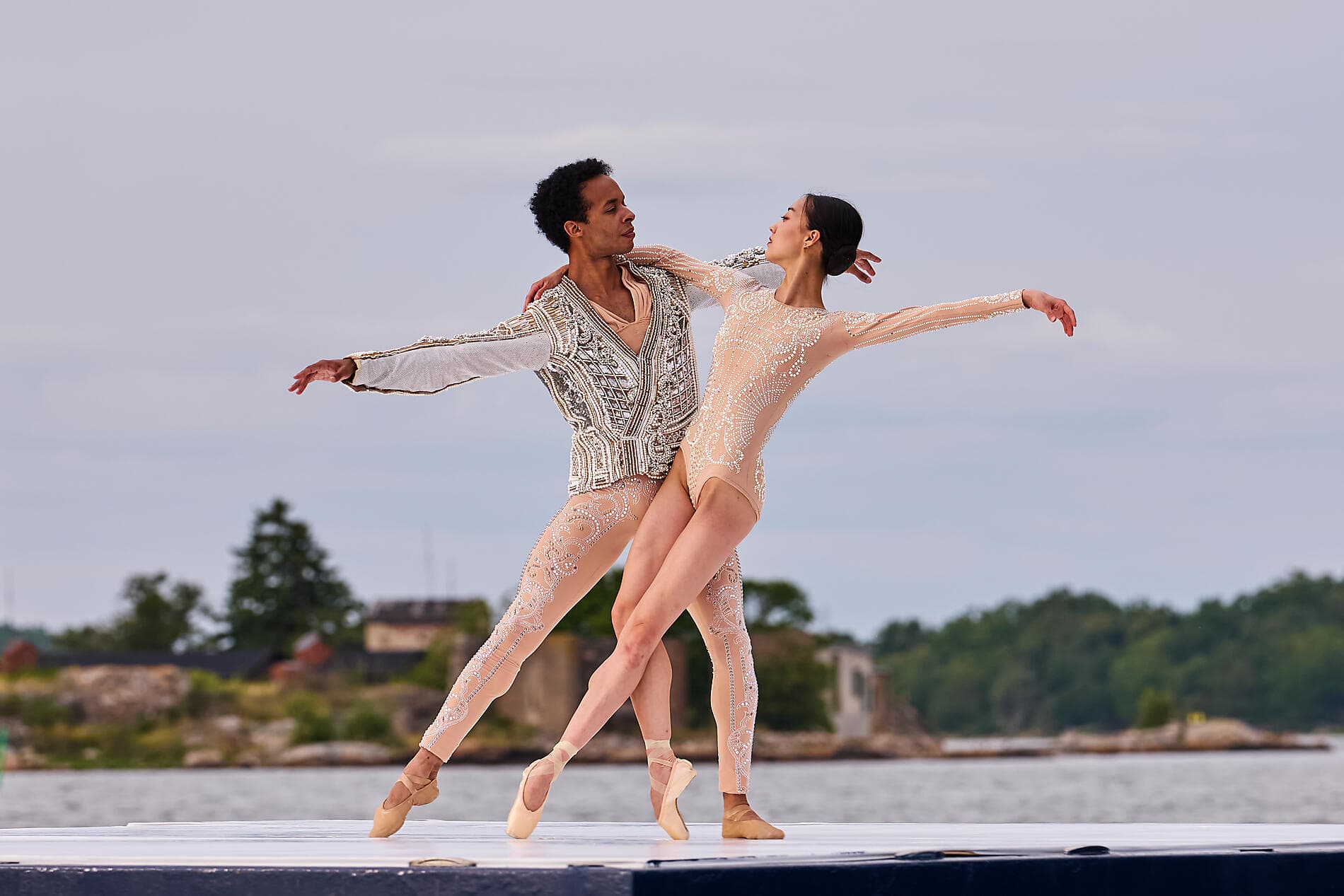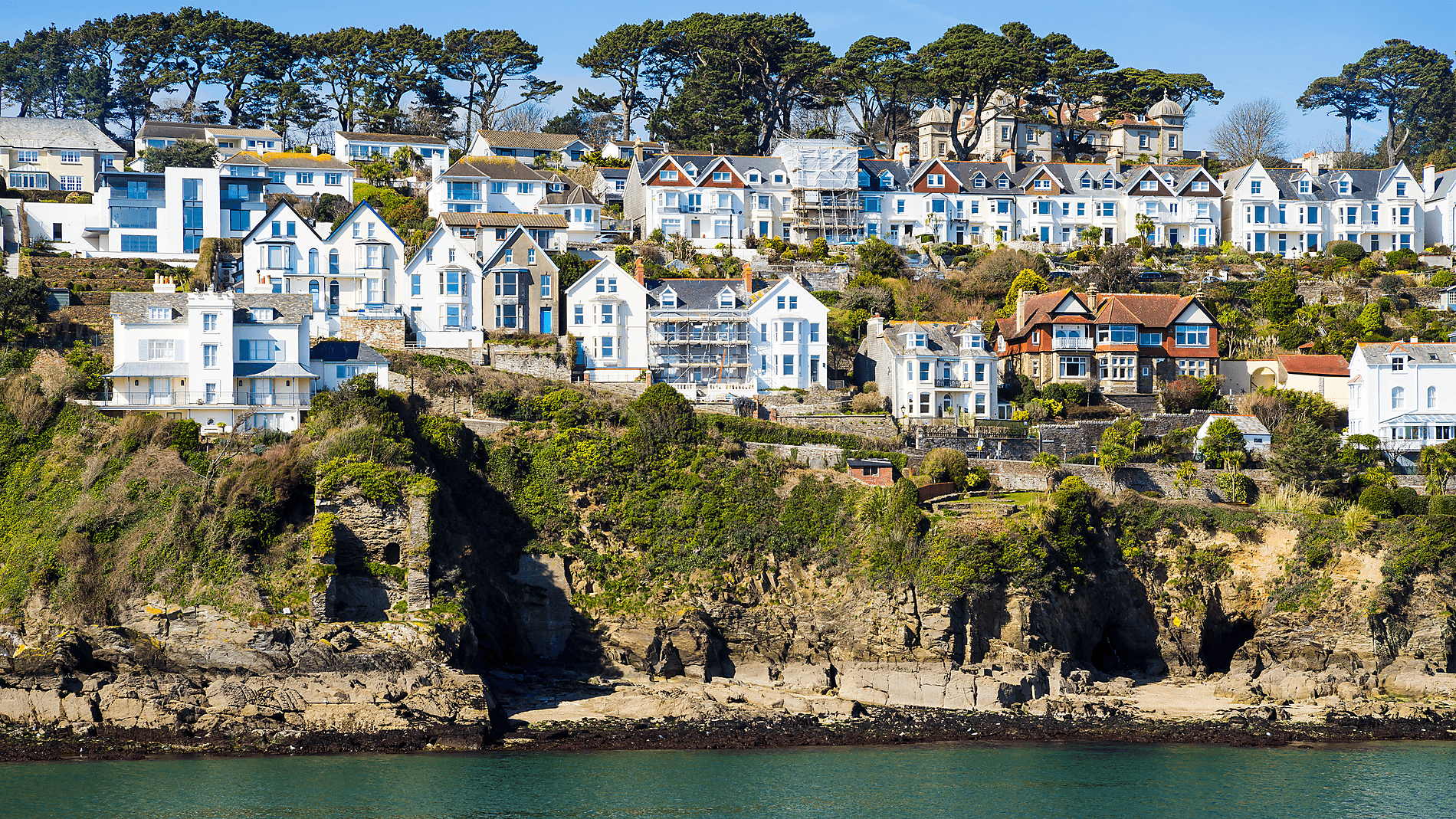France
Discover the destination
Why France?
11 cruises in France
From
Lisbon (Portugal)
To
Honfleur (France)
11 nightsaboard the shipL'Austral
Next departure
From
Lisbon (Portugal)
To
Honfleur (France)
10 nightsaboard the shipLe Lapérouse
Next departures
Lisbon to London: Cruising Europe's Western Shores – with Smithsonian Journeys
From
Lisbon (Portugal)
To
London (United Kingdom)
9 nightsaboard the shipLe Bellot
Next departure
From
Oslo (Norway)
To
Lisbon (Portugal)
12 nightsaboard the shipLe Lapérouse
Next departure
The Atlantic coast - with the Paris Opera Ballet
From
Lisbon (Portugal)
To
Bordeaux (France)
9 nightsaboard the shipLe Boréal
Next departure
From
Bordeaux (France)
To
Lisbon (Portugal)
9 nightsaboard the shipLe Boréal
Next departure
From
Glasgow, Scotland (United Kingdom)
To
Bordeaux (France)
8 nightsaboard the shipLe Champlain
Next departure
From
Bordeaux (France)
To
Lisbon (Portugal)
10 nightsaboard the shipLe Champlain
Next departure
From
Lisbon (Portugal)
To
Bordeaux (France)
10 nightsaboard the shipLe Bellot
Next departure
From
Brest (France)
To
Reykjavík (Iceland)
4 nightsaboard the shipLe Commandant Charcot
Next departure
From
Glasgow, Scotland (United Kingdom)
To
Bordeaux (France)
8 nightsaboard the shipLe Lapérouse
Next departure
*Price is per person, based on double occupancy, based on availability, and subject to change at any time. The category of stateroom to which this price applies may no longer be available.
More inspiration
Upcoming departures, new experiences, interviews, exploration or scouting stories... All brochures can be ordered or downloaded in digital format.





















